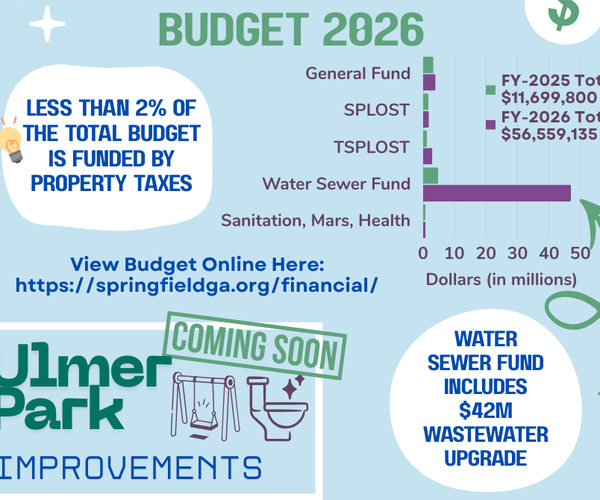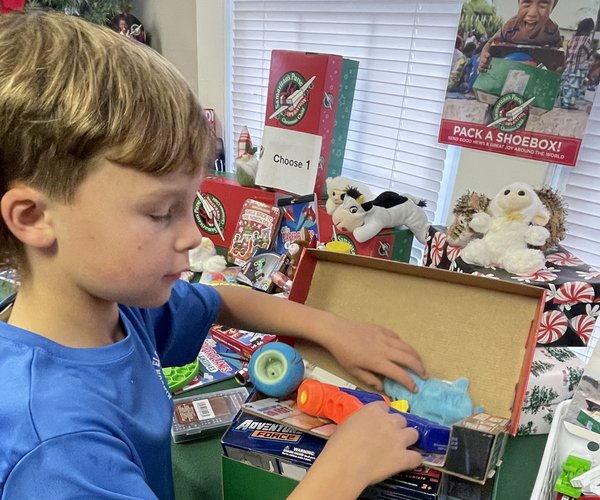RINCON — Even though it is tucked neatly out of sight, the City of Rincon’s wastewater treatment plant is not out of mind.
Rincon exploring expansion of wastewater treatment plant





